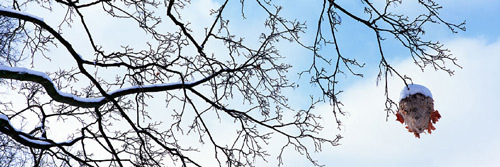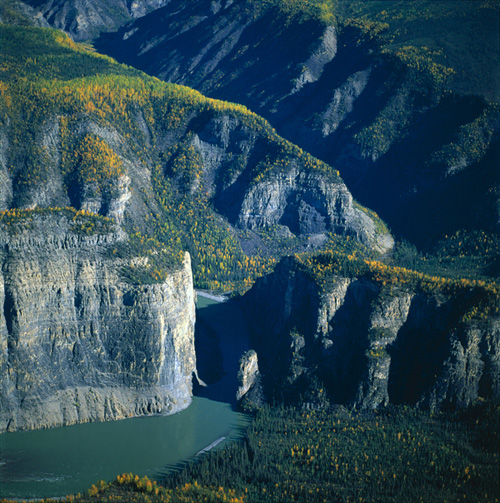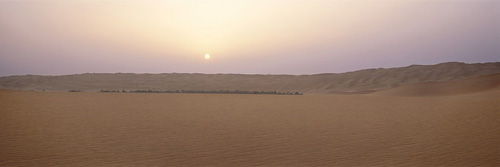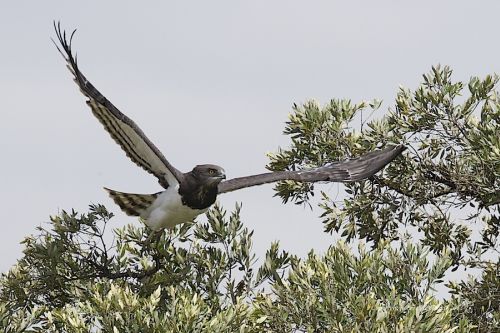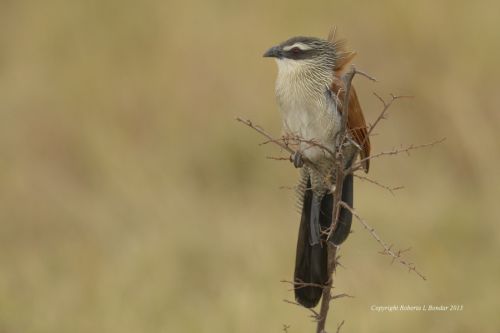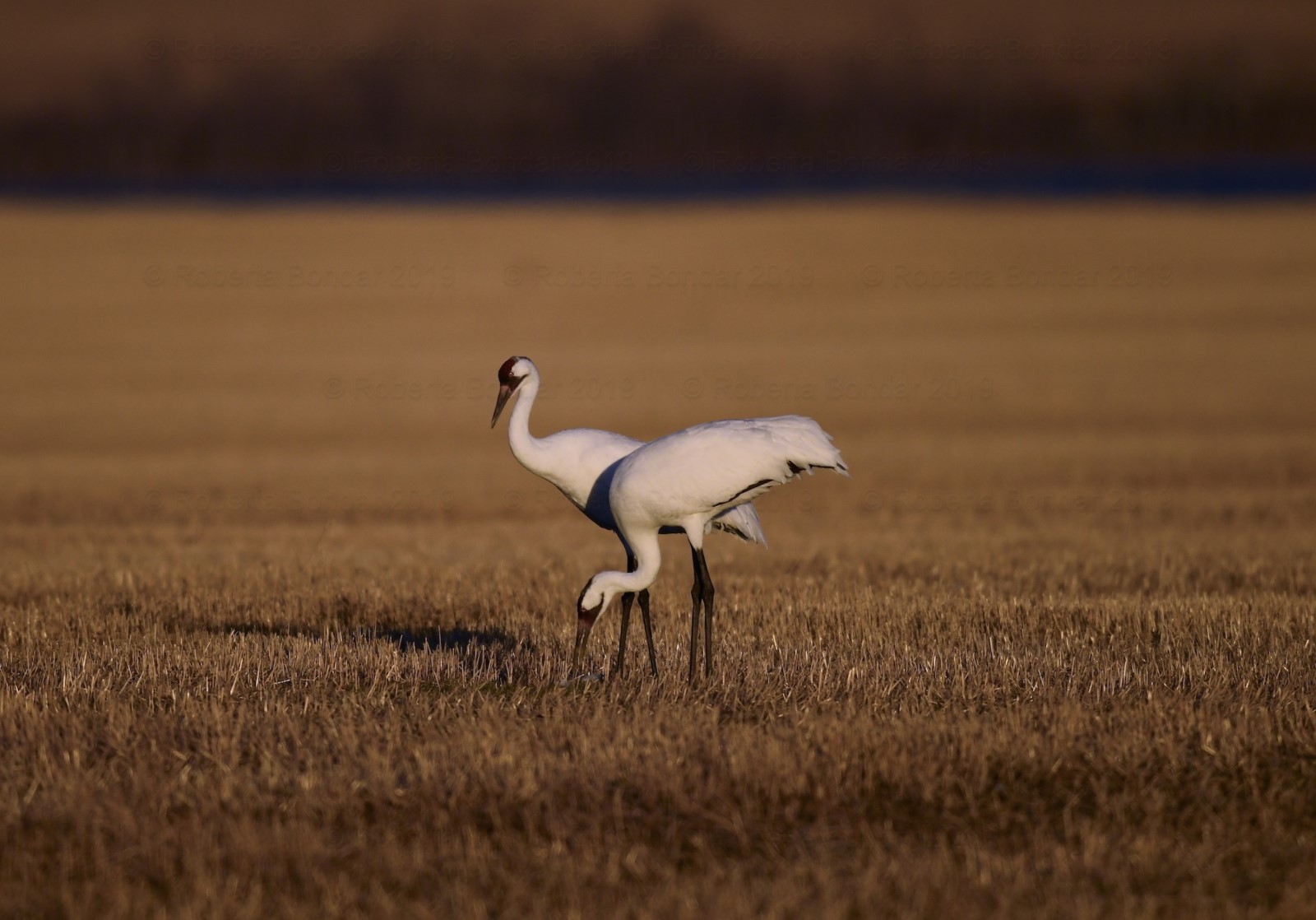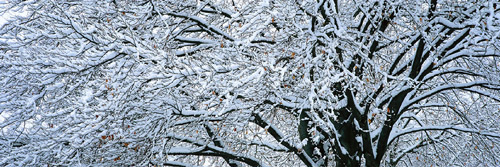
Dr. Roberta Bondar uses digital medium and DSLR cameras to explore and image the powerful forces and intricacies of Earth’s natural world.
Roberta Bondar's photographic explorations have taken her to some of the most extreme climatic and geological locations on Earth. She has captured the beauty, solitude and dramatic landscape of the American Southwest, the High Arctic and the Sahara Desert with its ancient Roman ruins.
Roberta Bondar's photographic proficiency adds a multi-dimension to her expression of experiences. As an Honors student in Professional Nature Photography at the Brooks Institute of Photography, Santa Barbara, California, she was deeply influenced by the poetic tableaus of renowned American photographer Ansel Adams.
Having seen Earth from the unique perspective of space, her Earth centered pictorial images celebrate the beauty of our natural environment at an intimate level.
Her photographic works may be found in private, corporate and institutional collections.

